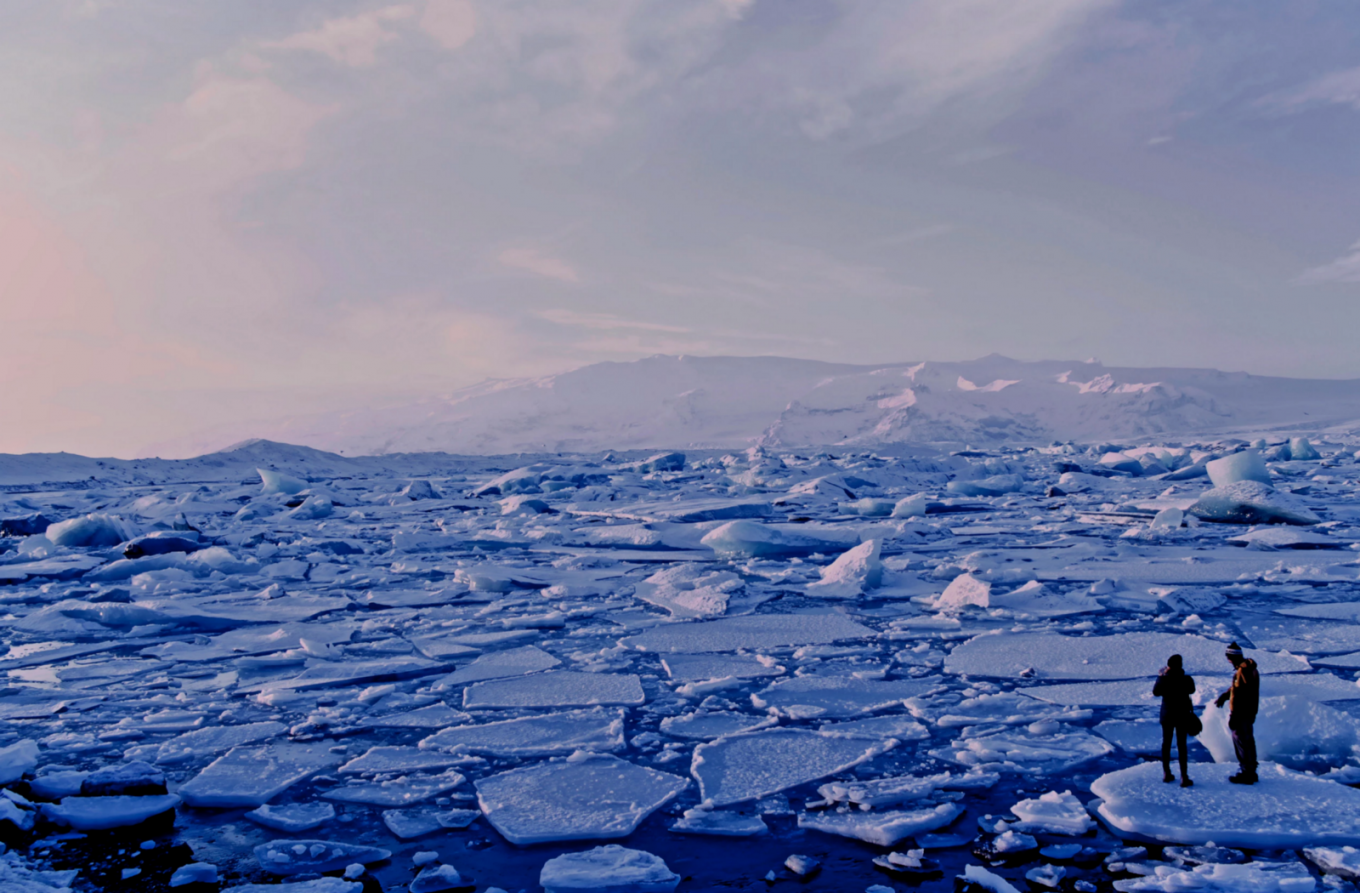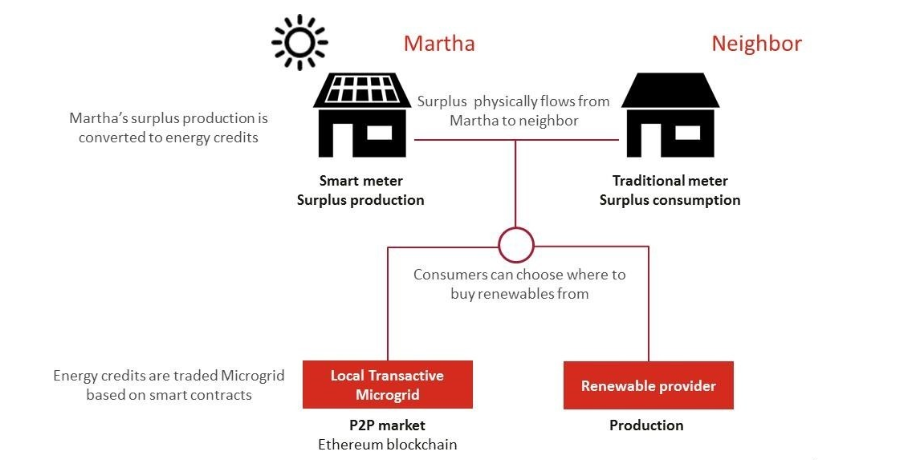
It has just been released that this Spring has been the third warmest in the Northern Hemisphere in 138 years of modern record-keeping. A recent NASA report suggests that temperatures were specially high in the Baltic Countries featuring an overall increase of 0.86º C. That is to be added to the problems hitting the poles, the rainforests, and natural life, needing to adapt now to an all time increase of 0.9º C since 1880. Worse of all, they predict that Global Warming will keep rising to reach a game-changing frontier of 2.6 – 4.8º C by the end of the century.
Our atmosphere is becoming an efficient greenhouse, as today it contains more greenhouse gas molecules than ever. That means that more of the infrared energy emitted by the surface ends up being absorbed by the atmosphere in a never ending cycle. Most of the greenhouse gas molecules comes straight from water vapour or methane, but it is carbon-based sources which makes the most impact to the earth, either by burning fossil fuels and then emitting carbon dioxide to the atmosphere or by cutting-down forests and degrading our seas, both being natural carbon gatherers.
Lowering the gases sent to the atmosphere is not an option any more but a must for humanity, and for that, stopping the use of fossil fuels is where the answer lies. However, fossil fuels -charcoal, oil and gas- is still the first natural resource of energy production and shifting towards a carbon-low energy-production needs time, will, and more importantly, technology.
A Technology to Tackle the Climate Change
The roots of the problem have been spotted, so now, solutions must be found. The energy industry, a strategic sector for governments, is highly protected and a complex and highly inefficient calculation system matches up production and use, although users have very little to say about the process, but to pay the bill every other month. Being these last two separate by infrastructure and administration barriers, the current system encourages an unattainable gap between producers and consumers. Therefore, energy efficiency (EE) investments keep rising inadequately.
It may be seen as a secondary issue for a bigger problem, but recent reports suggest that tackling down the obscurity in the EE might open wide doors to a welcomed shift to a transparent, renewable and decentralized energy-production, which is the first step of taking fossil fuels out of our power plants.
Making an administration open and transparent is actually possible nowadays. Technologies such as blockchain allows “digital transaction that permits the secure execution of smart contracts over peer-to-peer networks independently from a central authority such as banks, trading platforms or energy companies/utilities. Other participants in the network act as witnesses to each transaction carried out between a provider and a customer; these are stored permanently on a digital ledger – the blockchain – which is duplicated by every computer on the network,” said the World Economic Forum in a recent article.
Moreover, blockchain has the power to blend production and consumption together, making up for the newly-coined term “prosumers”.
Here is a possible scenario: New houses could feature in-built solar panels, which produce energy for personal use. The rest of that energy could then be sent out to the national infrastructure. A smart reading meter will tell us how much of that energy is being put into the electricity supply thus making the householder a seller as well as consumer, with an higher doses of autonomy. The carbon fingerprint is completely erased in such scenario and the greenhouse gases lowered down.

This scenario can also be applied to utility companies. Empowered by a blockchain platform, “utilities and grid operators become more efficient by being able to balance supply and demand in real-time by engaging these prosumers directly. It supports renewable energy integration into the grid in a cost-effective fashion,” pointed out at WEF.
Although experts think that a wholly implemented blockchain-based EE would take between 5 to 10 years if backed-up by governments and international regulation, many cases have been released recently both in Europe and America. In May 2017, several companies teamed up to manage electricity grids in the Netherlands and Germany. The renewable energy organisation Vandebron is currently working with customers who own an electric vehicle to make electricity from their car batteries available to the electricity grid in order to help the Dutch national utility operator TenneT to better integrate increasing amounts of renewable energy. Blockchain comes into play as IBM provides this technology to be used by TenneT.
What we do in the next 5 to 10 years will shape the world in the long-term and Climate Change still can be controlled. The damage cannot be undone but looking for ways to make a better future is still in our hands. And through its transparency, peer-to-peer dimension, trust basis and growing potential, blockchain can smoothen and accelerate the shift towards a carbon-low energy-production. It might not be the ultimate solution for the earth, but it really is a step forward to save it.

Hernaldo Turrillo is a writer and author specialised in innovation, AI, DLT, SMEs, trading, investing and new trends in technology and business. He has been working for ztudium group since 2017. He is the editor of openbusinesscouncil.org, tradersdna.com, hedgethink.com, and writes regularly for intelligenthq.com, socialmediacouncil.eu. Hernaldo was born in Spain and finally settled in London, United Kingdom, after a few years of personal growth. Hernaldo finished his Journalism bachelor degree in the University of Seville, Spain, and began working as reporter in the newspaper, Europa Sur, writing about Politics and Society. He also worked as community manager and marketing advisor in Los Barrios, Spain. Innovation, technology, politics and economy are his main interests, with special focus on new trends and ethical projects. He enjoys finding himself getting lost in words, explaining what he understands from the world and helping others. Besides a journalist, he is also a thinker and proactive in digital transformation strategies. Knowledge and ideas have no limits.

























